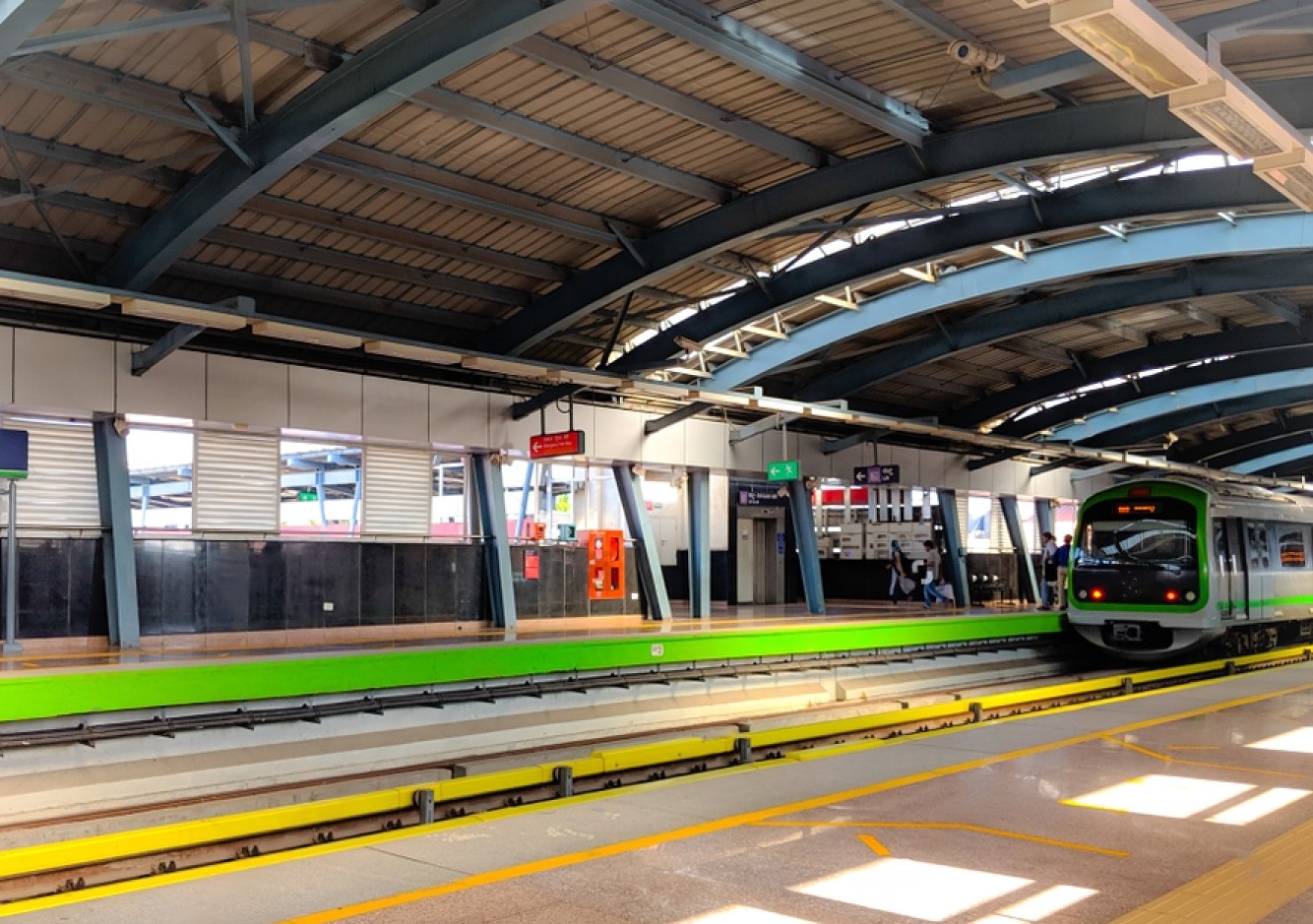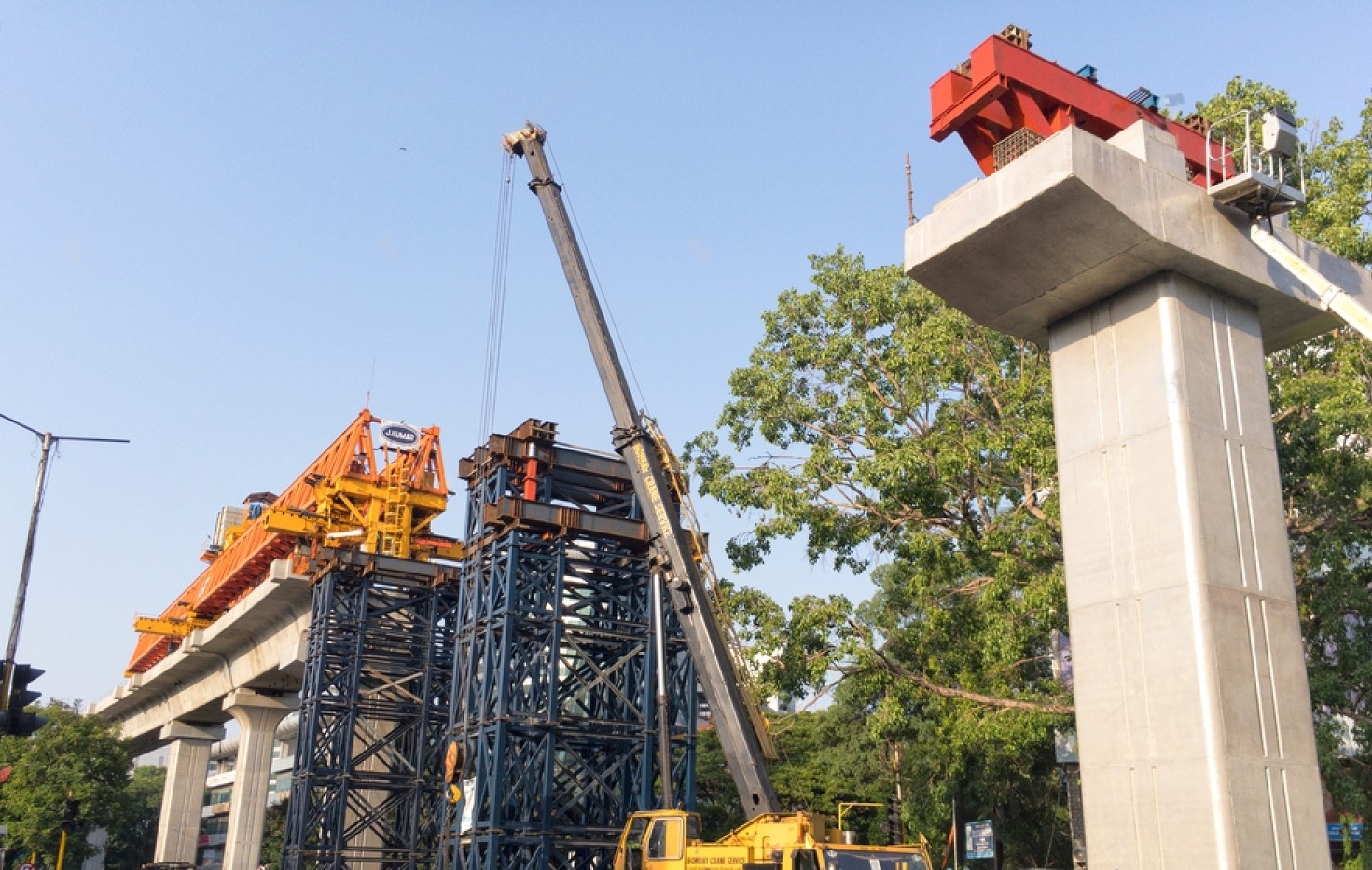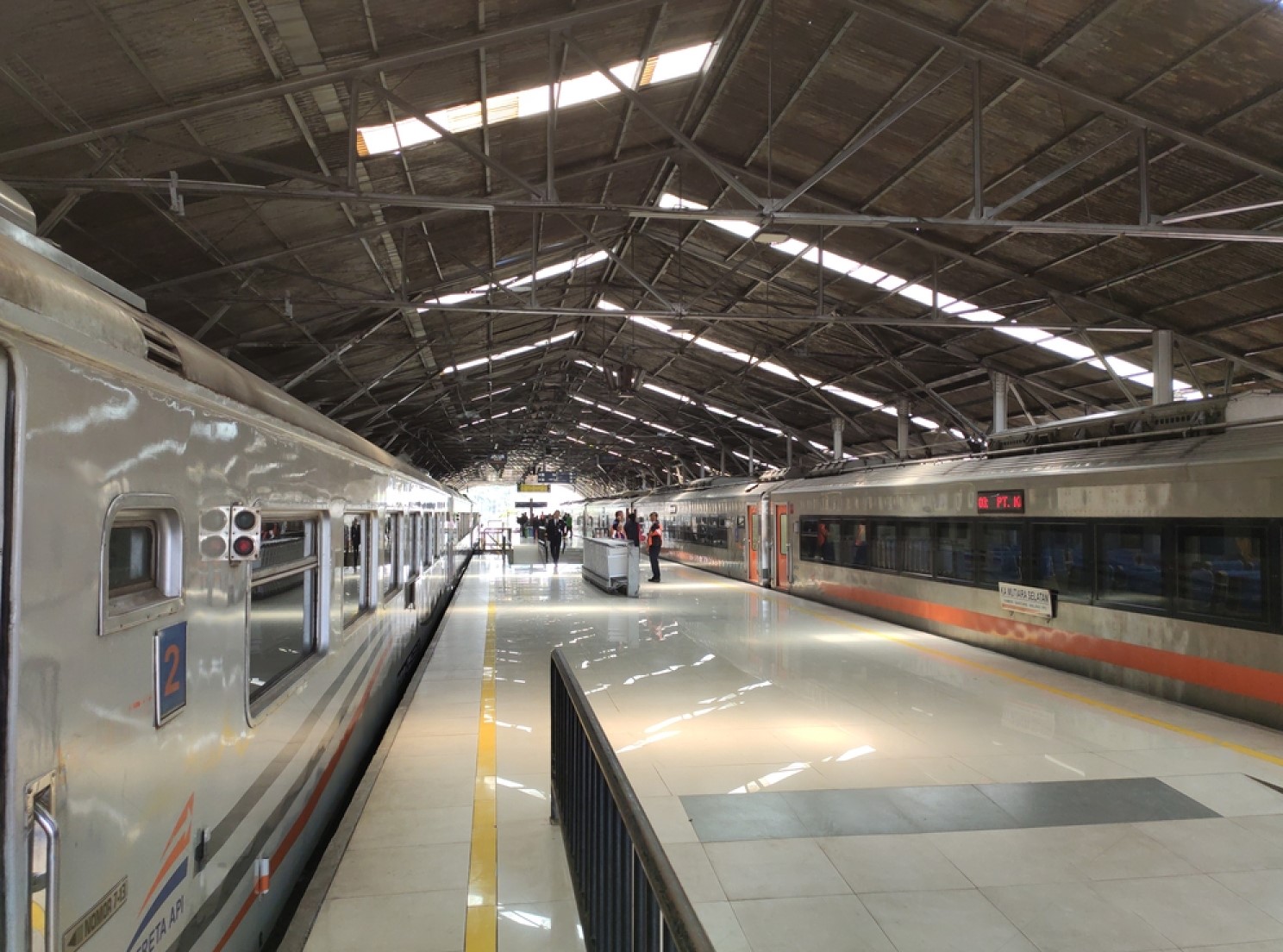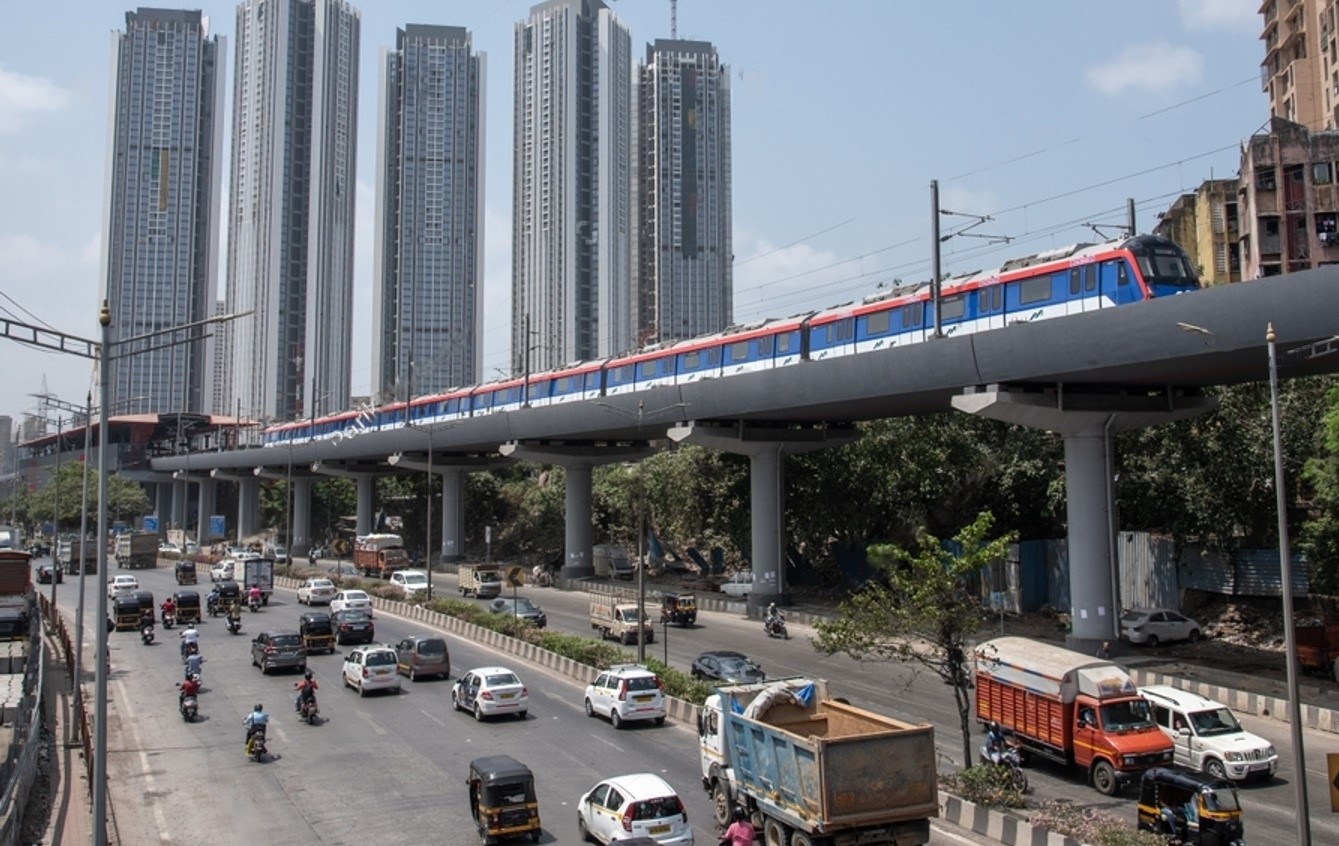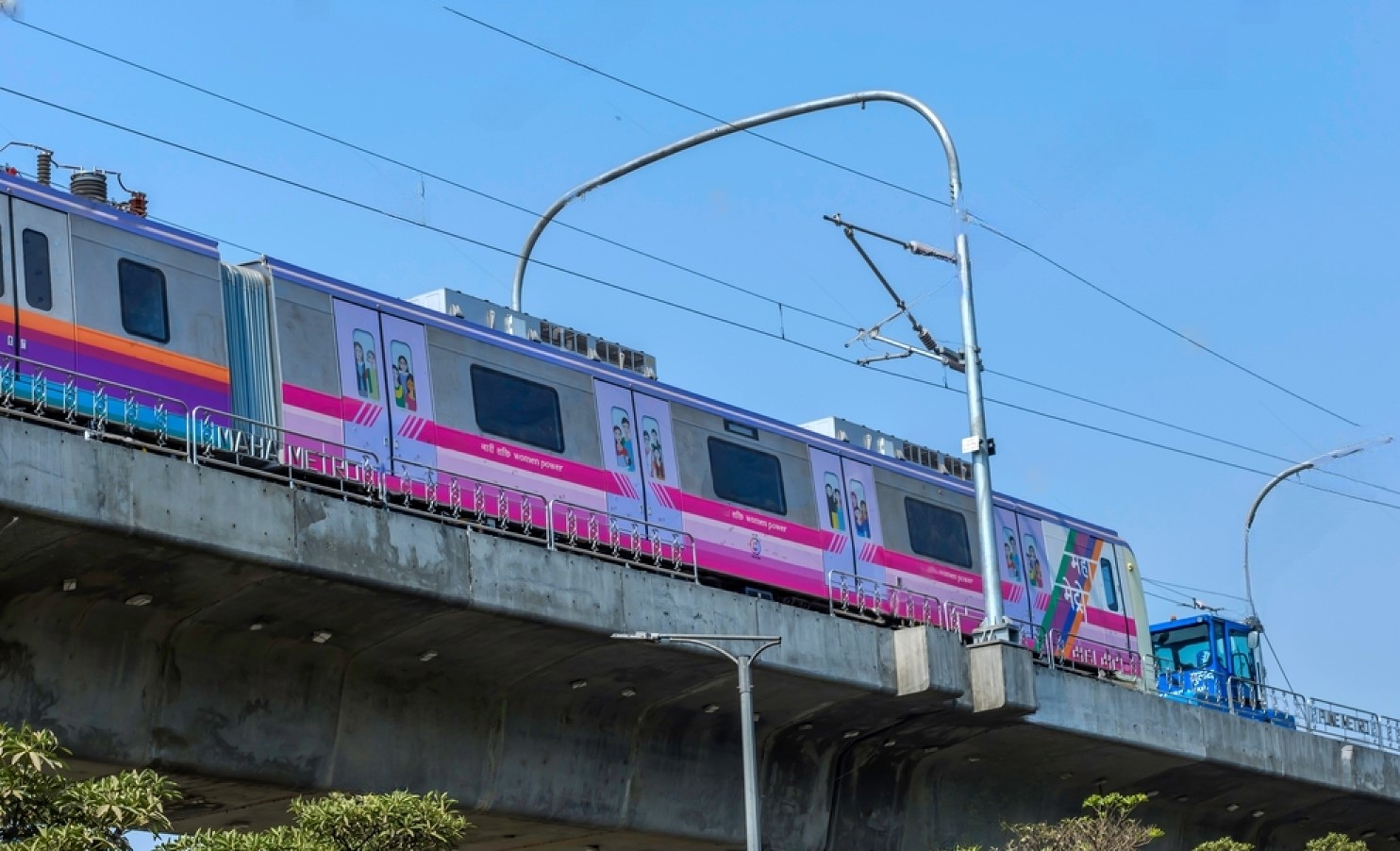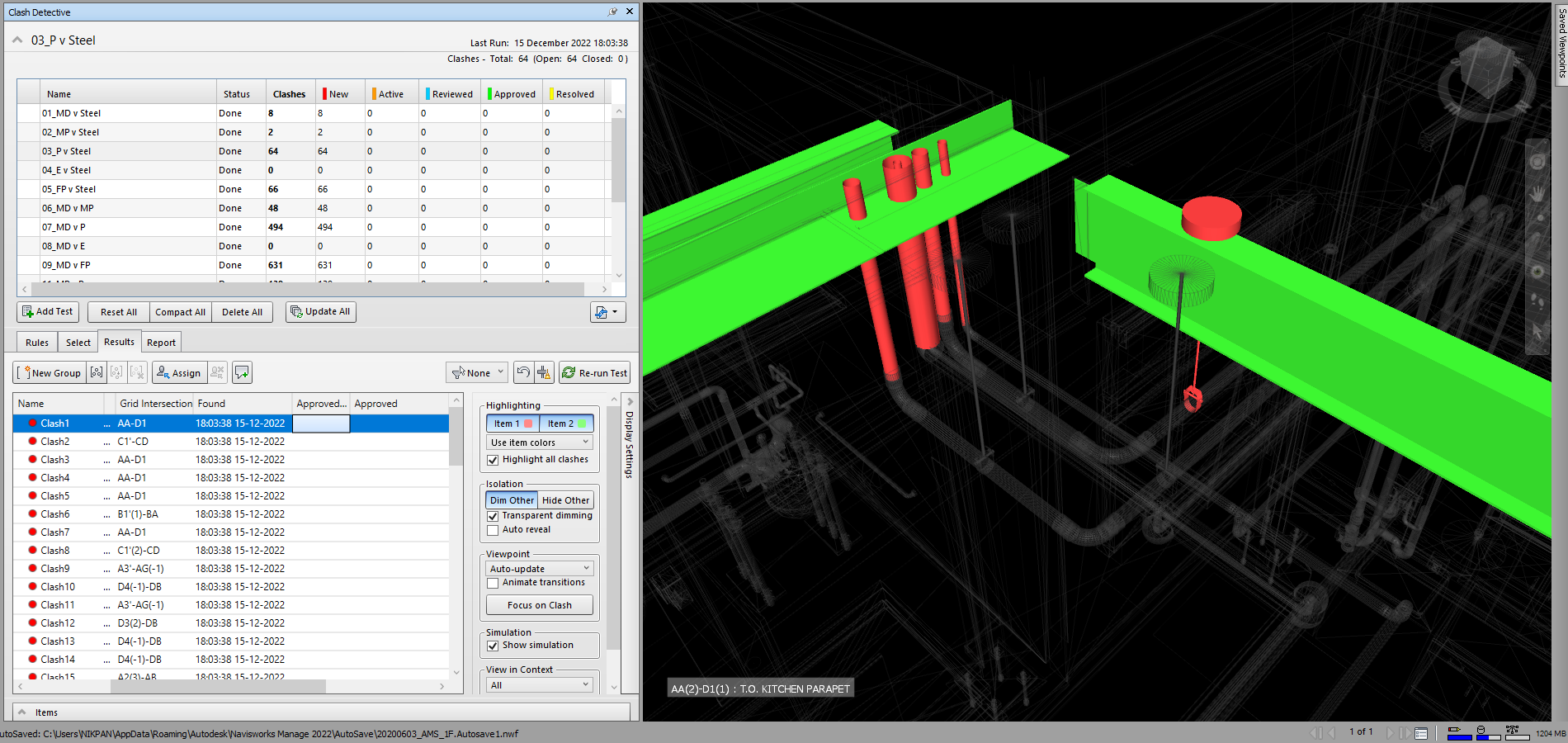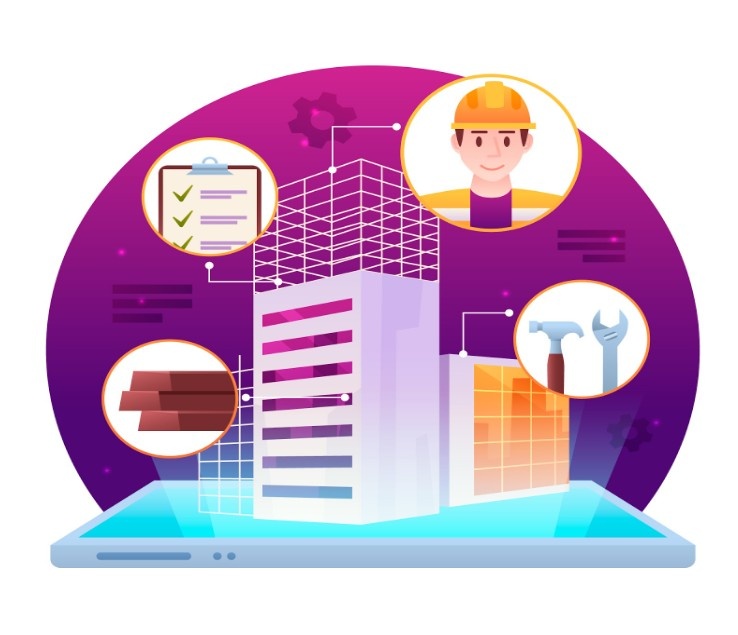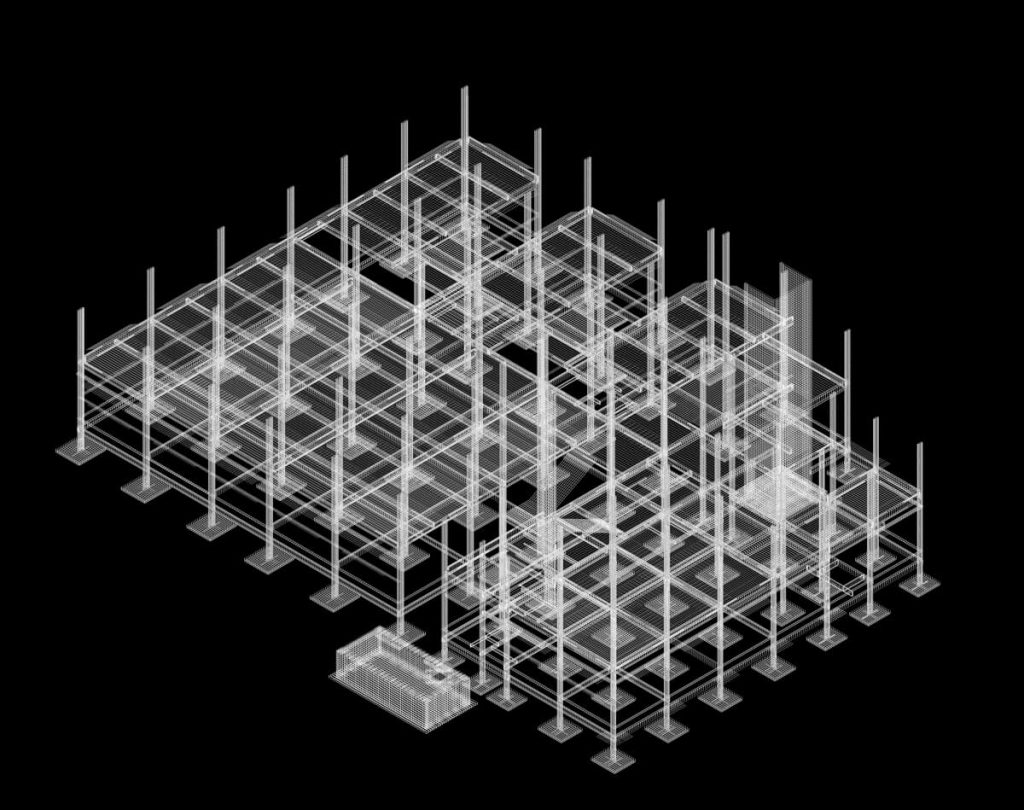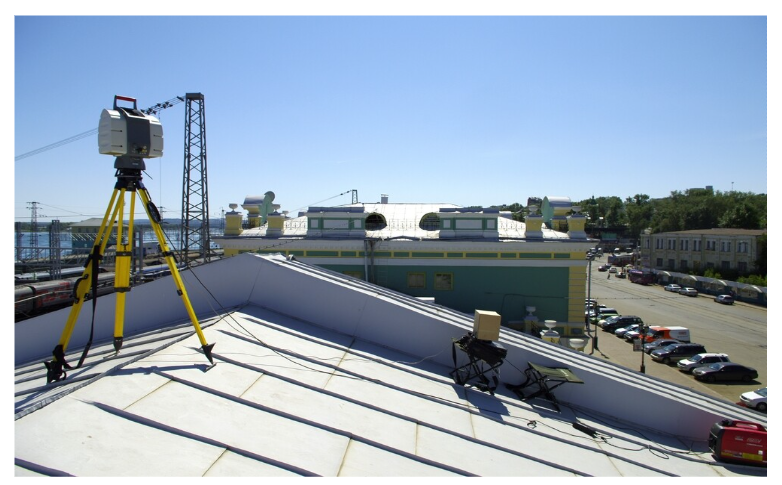Intelligent Services for On-Site Problem Prevention
1. Construction Delays: BIM enables a more accurate and detailed construction schedule through 4D BIM (adding the time dimension to the 3D model). It allows project managers to visualize the construction sequence, identify potential clashes, and optimize workflows, reducing the likelihood of delays.
2. Clash and Coordination Issues: With 3D BIM, different building systems (mechanical,
electrical, plumbing, etc.) are integrated into a single model, highlighting any clashes and
coordination issues before construction starts. This helps avoid costly and timeconsuming conflicts on-site.
3. Cost Overruns: BIMBoss utilizes 5D BIM (adding the cost dimension to the 3D model) to estimate material quantities and costs accurately. By tracking cost data within the BIM model, project managers can monitor expenses, identify potential cost overruns early, and make informed decisions to stay within budget.
4. Geotechnical Problems: BIM can incorporate geotechnical data and simulations, allowing better understanding and visualization of subsurface conditions. This information helps in making informed decisions during the planning and construction phases, minimizing risks associated with geotechnical challenges.
5. Environmental Concerns: BIMBoss can integrate environmental data and simulations, such as energy analysis and daylight studies, within the BIM model. This enables architects and engineers to design and implement sustainable solutions that address environmental concerns.
6. Utility Conflicts: BIM can include information about underground utilities, enabling accurate clash detection between proposed construction elements and existing utilities. Early detection of conflicts helps avoid disruptions and utility damage during construction.
7. Traffic Management: 4D BIM can be used to simulate construction traffic and assess its impact on surrounding areas. This allows for better traffic management planning, reducing potential disruptions during construction.
8. Complex Interfaces: BIMBoss facilitates the visualization and coordination of complex interfaces between building components, such as curtain walls, facades, and structural systems. This ensures smoother integration and reduces onsite challenges related to interface discrepancies.
9. Maintenance and Operational Challenges: BIM models can be handed over to facility managers for use during the operation and maintenance phase. The detailed information about building components and systems helps in managing maintenance tasks efficiently, improving the building’s lifecycle performance.
10. Safety Incidents: BIM can be used for safety analysis and planning. By simulating construction activities and identifying potential safety hazards in advance, construction teams can implement preventive measures, reducing the occurrence of safety incidents on-site.
By harnessing the power of BIM and the intelligent services offered by BIMBOSS, metro rail projects can achieve improved efficiency, enhanced coordination, and site problem prevention. From early design stages to facility management, BIM plays a crucial role in optimizing the entire lifecycle of metro rail infrastructure. With BIMBOSS at the helm of these projects, stakeholders can rest assured that the implementation will be smooth, safe, and successful, making cities more connected and sustainable for the future.
List of Proposed Metro Projects in India in next 10 years
- Aurangabad Metrolite, Maharashtra
- Bangalore Metrolite, Karnataka
- Bhavnagar Metrolite / Metro Neo, Gujarat
- Chennai Metrolite, Tamil Nadu
- Coimbatore Metro, Tamil Nadu
- Delhi Metrolite, Delhi
- Guwahati Metro, Assam
- Jamnagar Metrolite / MetroNeo, Gujarat
- Jammu Metro, J&K UT
- Madurai Metro, Tamil Nadu
- Mathura Metrolite, Uttar Pradesh
- Prayagraj Metro, Uttar Pradesh
- Raipur Metro, Chhattisgarh
- Rajkot Metrolite / Metro Neo, Gujarat
- Srinagar Metro, J&K UT
- Uttarakhand Metro, Uttarakhand
- Vadodara Metrolite / Metro Neo, Gujarat
- Varanasi Metro, Uttar Pradesh
- Vijayawada Metro, Andhra Pradesh
- Visakhapatnam Metro, Andhra Pradesh
- Warangal Metro Neo, Telangana
Why BIM for Rail Projects is a Game Changer
BIM enables better visualization, coordination, and clash detection in rail infrastructure—especially for complex metro systems. BIMBOSS uses BIM for rail projects to streamline every stage of metro rail construction, helping public agencies and contractors reduce errors, lower costs, and stay on schedule.

